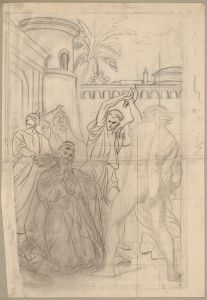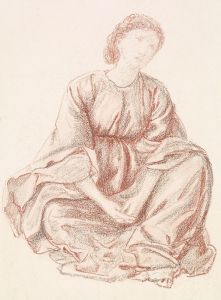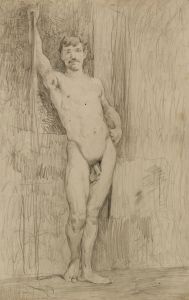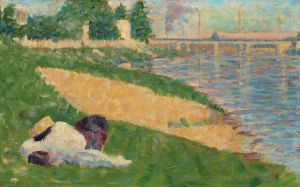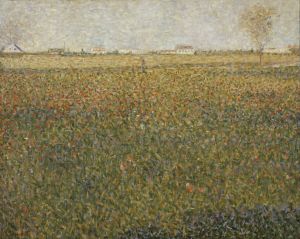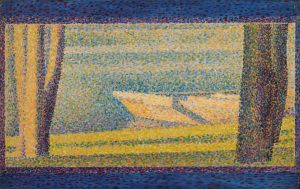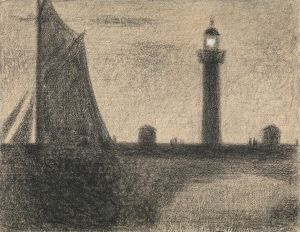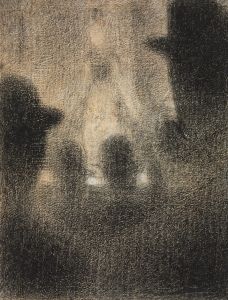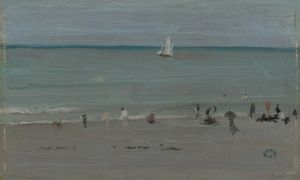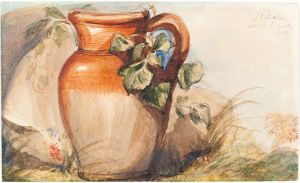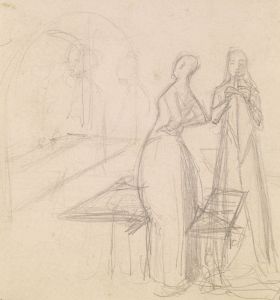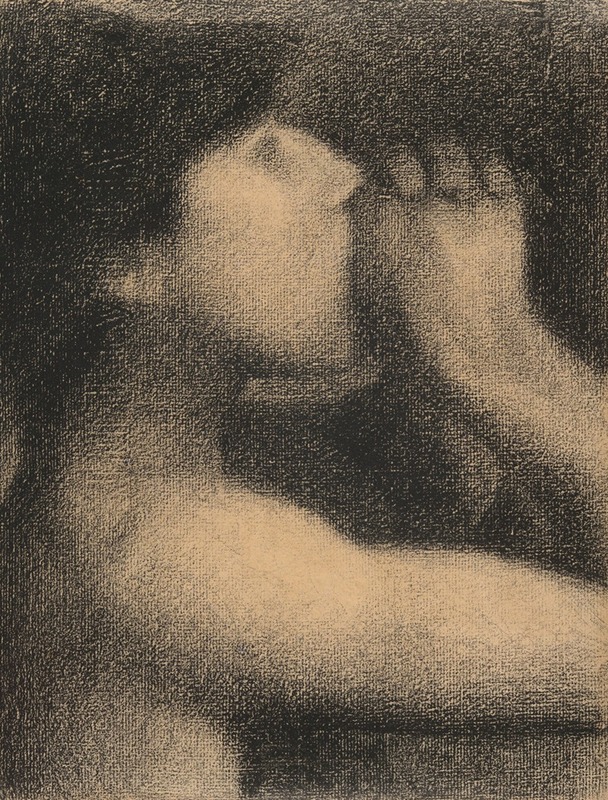
L’écho , study for Une baignade, Asnières
A hand-painted replica of Georges Seurat’s masterpiece L’écho , study for Une baignade, Asnières, meticulously crafted by professional artists to capture the true essence of the original. Each piece is created with museum-quality canvas and rare mineral pigments, carefully painted by experienced artists with delicate brushstrokes and rich, layered colors to perfectly recreate the texture of the original artwork. Unlike machine-printed reproductions, this hand-painted version brings the painting to life, infused with the artist’s emotions and skill in every stroke. Whether for personal collection or home decoration, it instantly elevates the artistic atmosphere of any space.
"L’écho, study for Une baignade, Asnières" is a preparatory study by the French post-impressionist painter Georges Seurat. This work is part of Seurat's extensive preparatory process for his larger and more famous painting, "Une baignade, Asnières" (Bathers at Asnières), which he completed in 1884. Seurat is renowned for his innovative technique known as pointillism, a method of painting in which small, distinct dots of color are applied in patterns to form an image.
The study "L’écho" was created as part of Seurat's meticulous approach to composition and color theory. Seurat was deeply influenced by scientific theories of color and perception, particularly those of Michel Eugène Chevreul, who developed the theory of simultaneous contrast, and Ogden Rood, who wrote about color mixing and optical effects. These influences are evident in Seurat's methodical and scientific approach to painting.
In "L’écho," Seurat explores the effects of light and shadow on the human figure and the landscape. The study depicts a young boy standing on the bank of the Seine River, calling out and listening to his echo. This scene is set in Asnières, a suburb of Paris, which was a popular leisure spot for Parisians during the late 19th century. The boy's posture and the surrounding environment are carefully rendered to study the interaction of light and color.
Seurat's use of small, precise brushstrokes in this study demonstrates his early experimentation with the techniques that would later define his mature style. The study also reflects his interest in capturing the leisure activities of the working class, a theme that recurs in his larger works. The serene and contemplative mood of "L’écho" is characteristic of Seurat's approach to depicting everyday scenes with a sense of timelessness and tranquility.
"L’écho" is one of many studies Seurat created for "Une baignade, Asnières." These studies include sketches, oil paintings, and drawings, each focusing on different aspects of the final composition, such as the arrangement of figures, the play of light on water, and the atmospheric effects of the landscape. Seurat's dedication to preparatory work highlights his commitment to achieving a harmonious and balanced composition in his finished paintings.
The final painting, "Une baignade, Asnières," is considered one of Seurat's masterpieces and a pivotal work in the development of modern art. It was first exhibited at the Salon des Indépendants in 1884, where it garnered attention for its innovative technique and serene depiction of contemporary life. The painting is now housed in the National Gallery in London, where it continues to be celebrated for its technical brilliance and its contribution to the evolution of post-impressionism.
In summary, "L’écho, study for Une baignade, Asnières" is an important work in Georges Seurat's oeuvre, showcasing his methodical approach to painting and his interest in the scientific principles of color and light. This study not only provides insight into Seurat's creative process but also stands as a testament to his dedication to capturing the beauty and tranquility of everyday life.





